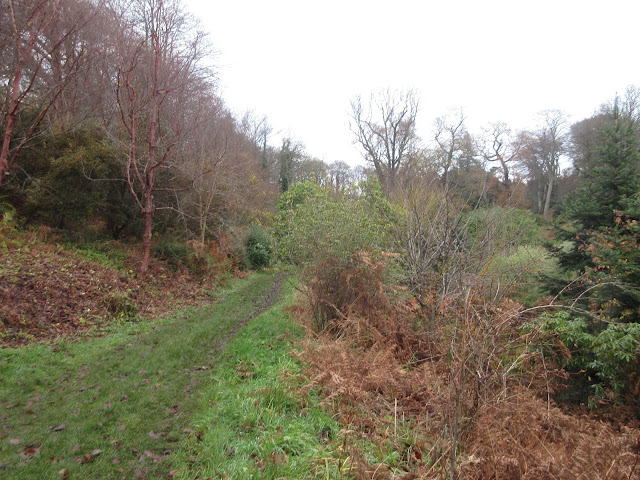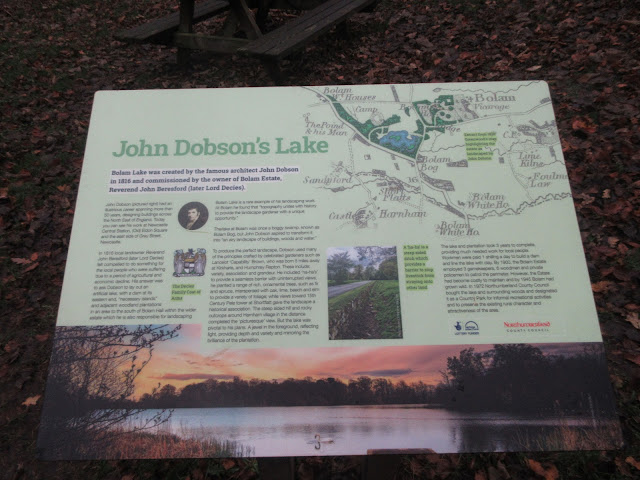GREY FRIDAY (NORTHUMBERLAND) NOVEMBER 27th
It's Black Friday again, another import from the US along with trick and treat at Halloween, school proms and going to the movies instead of the cinema or the pictures. In the North East of England it's a very grey day, cold and overcast but hardly any wind. Seven of us are off for a walk on the coast, passing through Craster. As we exceed the recommended group size of six during Covid we have split into two groups, four and three. Who am I kidding.
The walk starts at a farm called Sea Houses (Not Seahouses, a town further up the coast) . To get there A1 north to Alnwick, turn off for Denwick and follow signs for Howick. Go past the entrance for Howick Hall and head for the coast. Near the farm there is off road parking for about a dozen cars and it's free.
The map to use is OS Explorer 332, Alnwick and Amble.
Like good citizens we arrive in our separate cars.
Once booted up and wrapped up as it is cold we set off. Near the car park is a path to the coastal walk, see the sign post in the picture.
At the coastal path we turned south and walked past Rumbling Kern and Howick Haven to Sugar Sands, famed for the fresh water spring that bubbles from the rocks.
Sugar sands, the spring is below the headland across the footbridge.
We turned into Howick Burn dene on the north side of the footbridge. The footpath enters the Howick Hall arboretum which is open for free between November and March but is part of the Howick Hall experience the rest of the year. Many of the trees have labels attached telling the type of tree and its origin.
Howick Hall arboretum
We left the wood near the entrance to Howick Hall.
Howick Hall entrance. The home of the Grey family one of whose ancestors gave the world Earl Grey Tea, a beverage flavoured with bergamot. Personally I prefer proper English tea. Earl Grey, in the 19th century, was responsible for the Great Reform Act which expanded the electorate (male only) by about seven.
Close to the entrance is a track which leads downhill to fields behind Hips Heugh. At the road near Craster South Farm we turned left then right towards the arch across the road. Immediately after the arch we took the footpath on the left.
Turn off left at the archway above. Hips Heugh below.
Most walks have a lime kiln it seems.
Herbie time: Club biscuits ,mince pies, ginger biscuits, almond slices and savoury flapjacks lemon drizzle cake from Mrs A.
Newton by the Sea, extending the walk by about 4 miles.
Grey Friday
Hooded crow, immigrant from Scotland
In the arboretum
Pond in the arboretum
On one walk, on a wet day, this was a dining room
Rams
Horses



































































